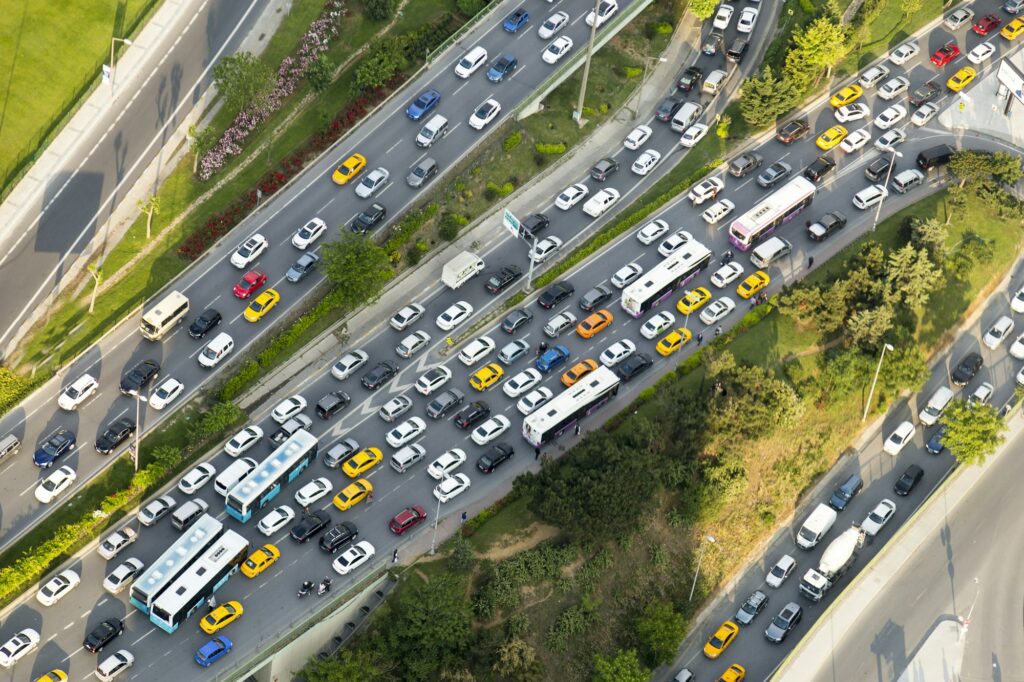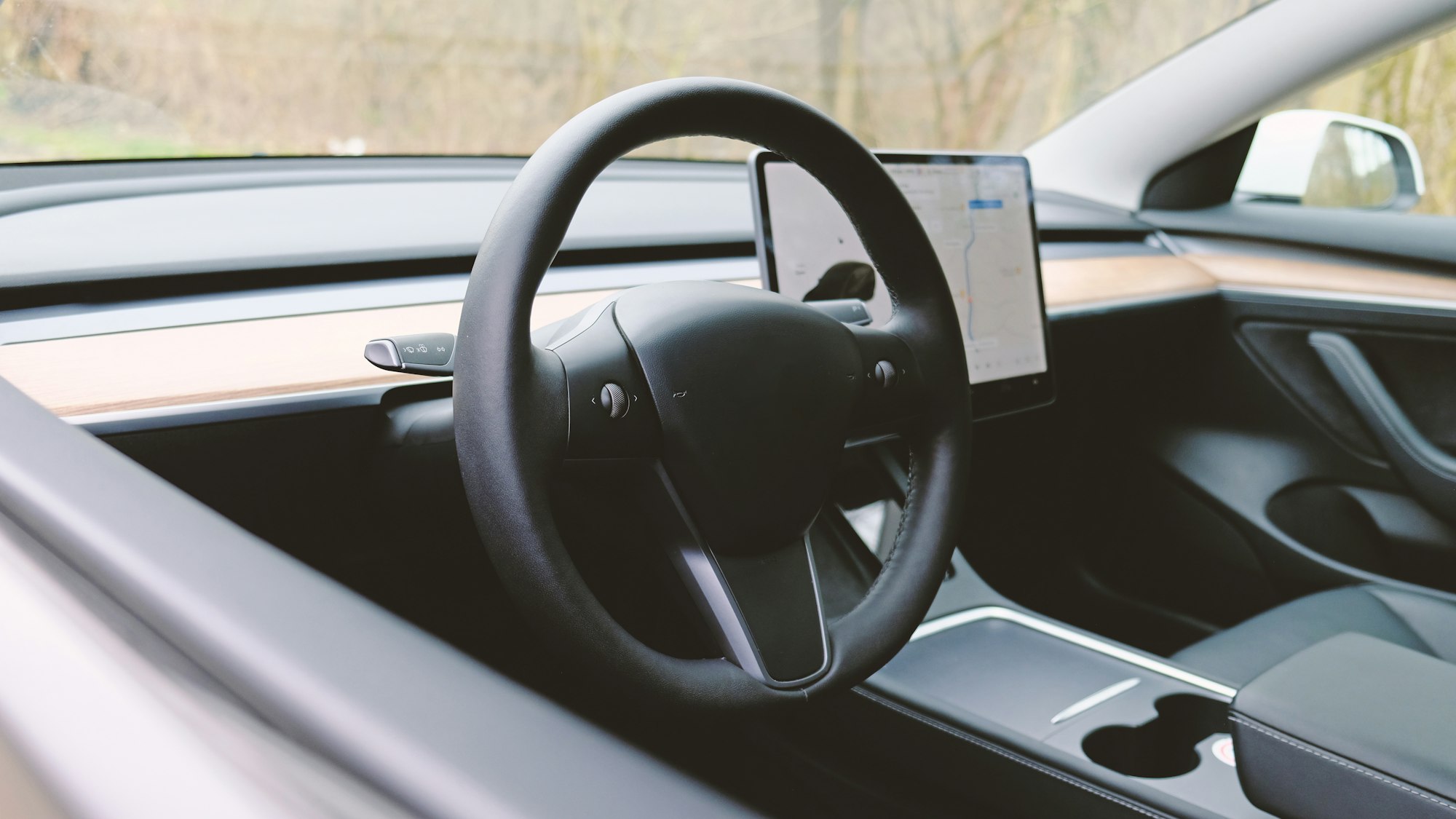The future of autonomous vehicles is going to be very exciting and revolutionary. As there is more advancement in the artificial intelligence, machine learning, and sensor technologies, the dream of self-driving cars has become reality. This revolution has brought major changes in our lives. In the near future the technology of autonomous vehicle will bring a positive changes in urban traffic infrastructure and economic landscape.
Technological Advancements Driving Autonomous Vehicles
These autonomous vehicles are using latest technologies such as advanced sensors technology, artificial intelligence algorithms, high definition mapping, LIDAR (Light Detection and Ranging), and RADAR (Radio Detection and Ranging). These technologies allow autonomous vehicles to observe their surrounding with remarkable accuracy, to detect hurdles, pedestrians, and other vehicles on the road in real time. These technologies help the autonomous vehicles to take decisions in a split-second and work remarkably in the tough environment conditions.
Decision-Making Capabilities of Autonomous Vehicles
Machine learning algorithms play a vital role in decision making proficiencies of autonomous vehicles. Machine learning algorithms analyze large amount of data collected from real world driving scenarios, and learn to react and make quick decisions in the various traffic and weather conditions on the road. An ongoing advancement in the technologies is increasing the reliability and safety of these self-driving cars. These advancement are bringing us closer to the future where human drivers are no more necessary.
Impact on Urban Mobility and Infrastructure
In the near future when there will be a numerous autonomous vehicles on the road, it will significantly impact the urban mobility and traffic infrastructure. It will have many impacts, some of them are given bellow:
Reduced Traffic Jamming: Autonomous vehicles can communicate with each other, it helps to optimize traffic flow and reduce traffic jamming. They can communicate about the traffic volume, road condition, weather conditions and many other scenarios and it will definitely decrease the travel time and increase efficiency in the urban traffic networks.
Parking Infrastructure Transformation: Now a days we are facing dire parking issues in urban areas. But with autonomous cars this issue will be resolved up to major extent. These vehicles after dropping their passengers, can go to the remote parking lots or back to their home by themselves. This will free up the valuable space in urban areas that can be used for green spaces or additional housing.
Improved Public Transportation Systems: Urban areas are facing terrible transportation issues. People are facing lot of traffic jams and other issues while traveling even for a mile or two. These autonomous vehicles can travel through existing transportation system and roads. A shift to self-driven cars can revolutionized the entire transportation system.

Enhanced Safety: Human errors are the major cause of accidents on road. If we reduce the human errors our roads will be safer and accident ration will be decreased. After a widespread adoption of autonomous vehicles, there will be a major impact on urban transportation system and infrastructure. Autonomous vehicles can communicate with each other that can reduce traffic jams by adopting some other ways.
Parking infrastructure is also set to undergo a transformation. With self-driving cars, the need for vast parking lots in urban areas will diminish. Autonomous vehicles can drop passengers off at their destinations and then drive themselves to remote parking facilities or even return home. This shift will free up valuable urban real estate for other uses, such as green spaces or additional housing.
Economic and Environmental Benefits: There are vast economic implications of autonomous vehicles. There will be new job opportunities in the transportation sector, emerging as vehicle maintenance, software development and data analysis. These vehicles can operate more efficiently as autonomous ride-sharing service.
As most of the autonomous vehicles will be electric so these vehicles are more safe for the environment as there will be low carbon emission. The petrol or gas consumption will be decreased significantly. The optimized traffic routes will lead to less traffic jams, improved fuel efficiency and reduced emissions.
Challenges and Considerations
Despite having a promising future there are many challenges and considerations. First of all we have to make sure these vehicle can handle all driving conditions reliably. As drivers are playing a major role in transportation system, they are worried about losing there jobs.
Coordination between policymakers, technology developers, and automotive manufacturers is very important to create a regulatory environment that assists innovation while protecting public interests.
Conclusion
There is a rapid advancement in AI, sensor technology and machine learning so the era of autonomous vehicles is not so far. This wide spread adoption of autonomous vehicles will bring revolution to our transportation sector by reducing road accidents, traffic jams and bringing ease to our lives. However coordination between the concerned authorities is very important in order to meet the various challenges and concerns.

